Gene Therapy Bioanalysis: Advancements and Techniques
As the number of gene therapy products in development continues to increase, so has our focus on their importance. BioAgilytix’s scientists are helping our customers pursue the opportunities of this compelling therapeutic strategy by leveraging our deep NAb assay capabilities and vast experience with a variety of viral vectors, including common adeno-associated viruses (AAVs), Lentivirus, and more.

Gene Therapy Development:
Promising Treatment For Genetic Diseases
Gene therapy uses sections of DNA to introduce genetic material into a patient’s cells to treat or prevent disease. The new DNA contains a functioning gene to correct the effects of a disease-causing mutation. Genes are delivered to a cell using carriers called ‘vectors’, which are most commonly viruses that have been altered to make them safe. The adeno-associated virus (AAV) is the most popular viral vector used for gene therapy work today, because of its lack of pathogenicity and ability to infect both dividing and quiescent cells and persist in an extrachromosomal state without integrating into the genome of the host cell. Lentivirus, due to their flexible genome and potential of transducing many forms of nondividing cells, have also become one of the most widely used vectors for gene transfer.
Due to its targeted nature, gene therapy offers much promise for treatment of numerous diseases, from cancer to Parkinson’s, Alzheimer’s, heart disease, diabetes, and more. According to a recent report on global trends in gene therapy, this area has seen such promising success that the number of gene therapy products in development doubled between 2012 and 2015. In fact, as of 2016 a total of 201 cancer gene therapy products (and 102 for monogenic diseases) were in commercial development. But there are also complexities that make gene therapy development challenging. It is crucial the new gene reaches the correct cell without causing an immune response or disrupting the function of other genes. All this requires deep scientific skill and expertise in the development of appropriate vectors.
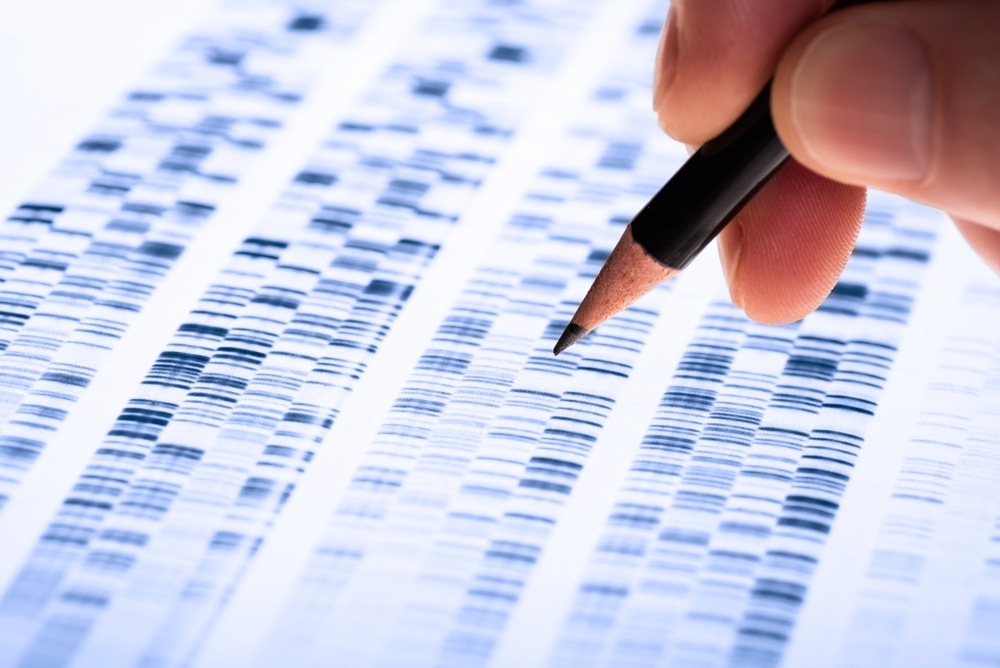
Bioagilytix Gene Therapy-related Services:
Extensive Vector Expertise
BioAgilytix boasts extensive experience analyzing gene therapy solutions across viral vectors, leveraging NAb assays to test for neutralizing activity against the vector of gene therapy. Specifically, we test for neutralizing activity against the viral vector of interest. Our assays are based on positive sera from human subjects that is used at the positive control, purchased at a vendor and tested in our lab, so we do not simply test for neutralizing antibodies, but any neutralizing activity.
For those customers interested in determining antibody neutralizing activity specifically, we do so by using a surrogate / purified antibody. The viral vectors with a marker are convenient tools to monitor how their infectivity on cells in culture is affected by positive neutralizing control serum.
Optimal Platforms For Gene Therapy Development
BioAgilytix is committed to supporting our customers’ gene therapy innovations by investing in state-of-the-art instrumentation that delivers the high levels of sensitivity and reliability neutralizing activity analysis demands. We have leading experience using the following platforms from our extensive technology suite to conduct gene detection, gene expression analysis, genetic variation analysis, and array data validation supporting gene therapy development.
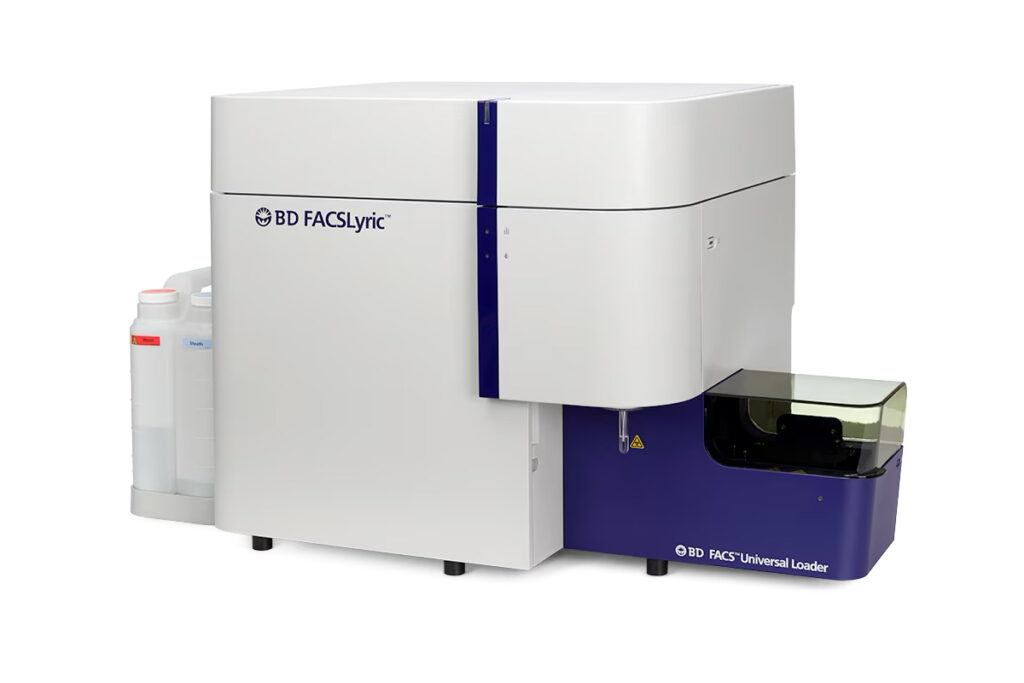
Flow Cytometry (FACS Analysis)
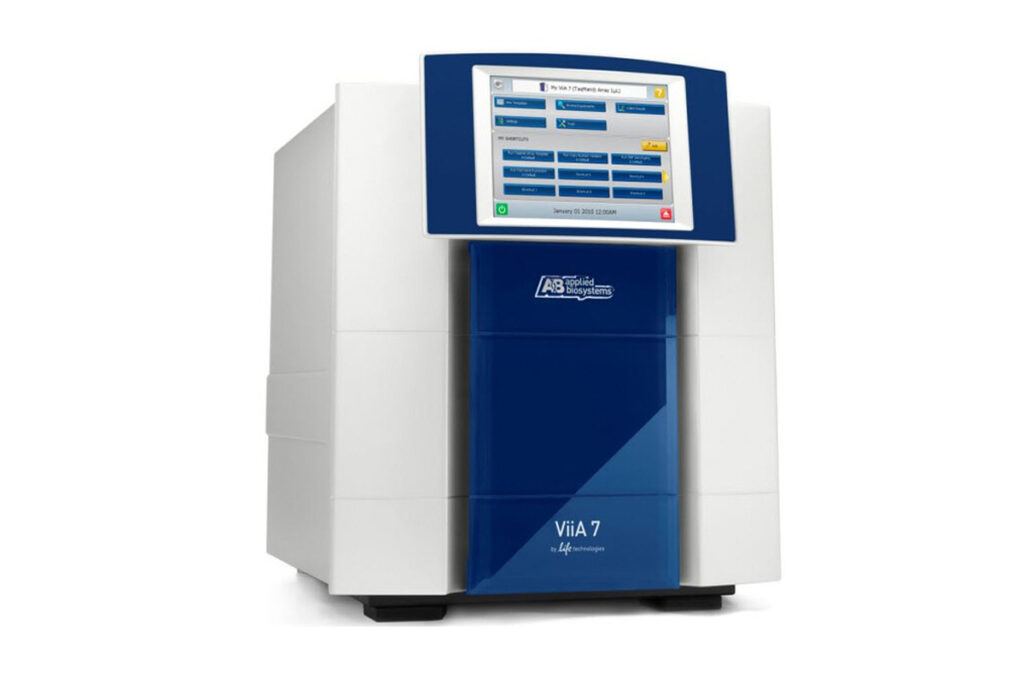
qPCR
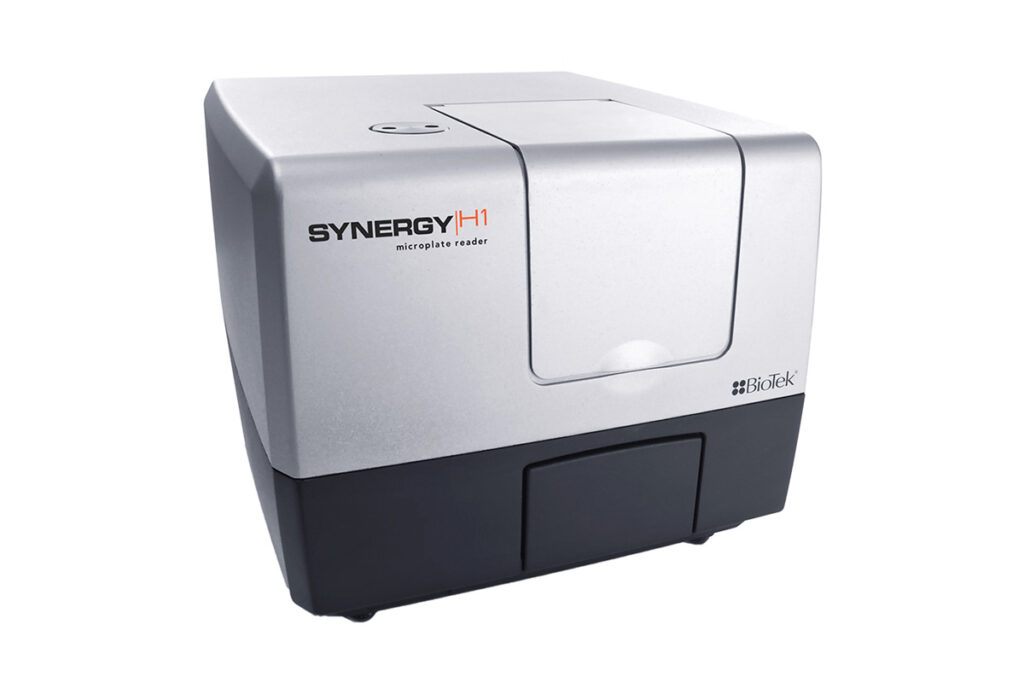
ELISA
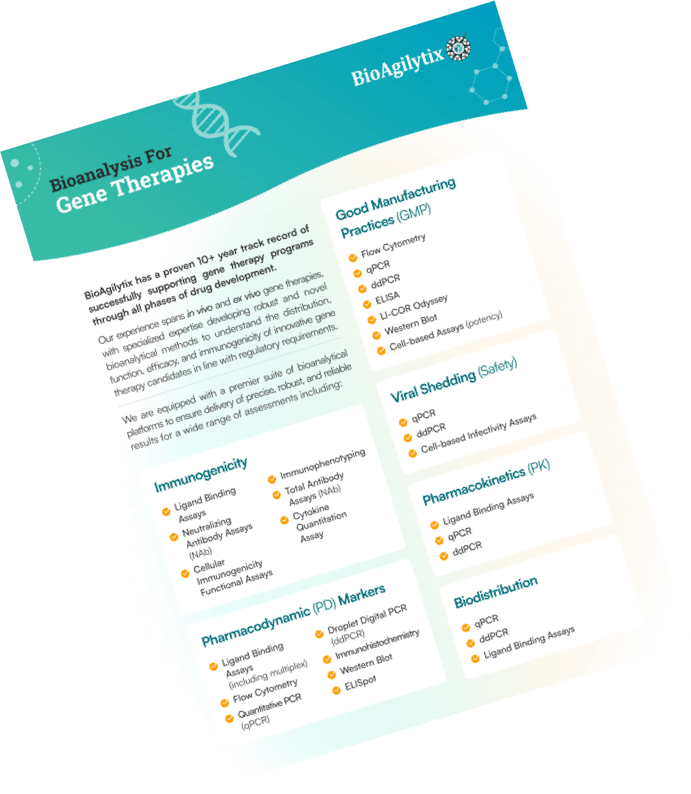
Download Our Gene Therapy Brochure
Learn how BioAgilytix applies deep expertise to develop robust and novel bioanalytical methods to understand the distribution, function, efficacy, and immunogenicity of innovative gene therapeutic candidates in line with regulatory requirements.
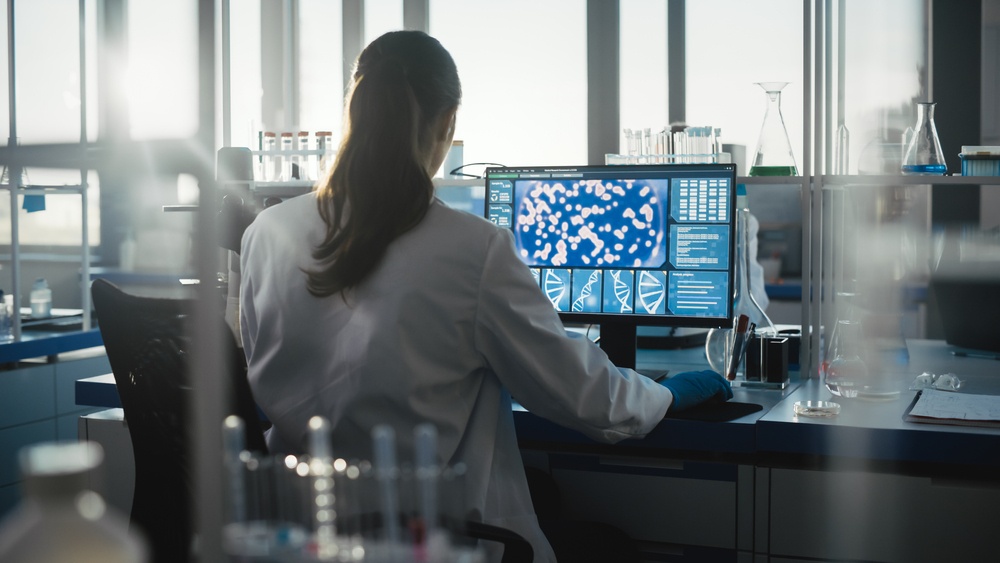
Make Bioagilytix The Partner To Progress Your Gene Therapy Development Efforts
BioAgilytix is highly knowledgeable in the sensitivities and changing landscape of gene therapy development, and we understand both the scientific and regulatory challenges that gene therapy developers face. As an advanced bioanalytical laboratory, we comply with all GLP, GMP, and GCP guidelines, and maintain a Quality Management System (QMS) that demands superior performance in everything we do. We employ principles of design excellence to provide gene therapy-related services that consistently address customer needs throughout every phase of development.
Our veteran team of scientists has had extensive hands-on experience supporting gene therapy development efforts for many disease states, and will apply that knowledge to lead bioanalytical testing of your promising gene therapy products.
Services
See how our premier bioanalytical services support all phases of biomarker, immunogenicity, PK, and cell-based assay studies.
Case Studies
Learn why we’re a trusted partner to 22 of the top 25 global pharma and biotech companies.